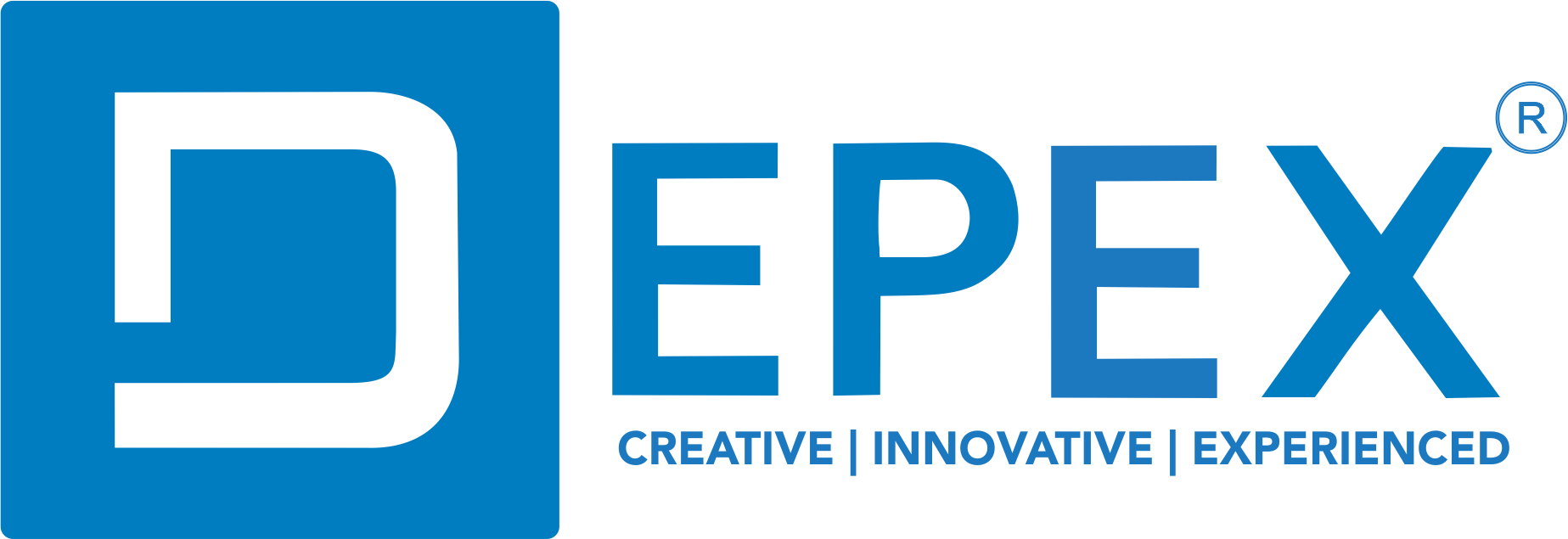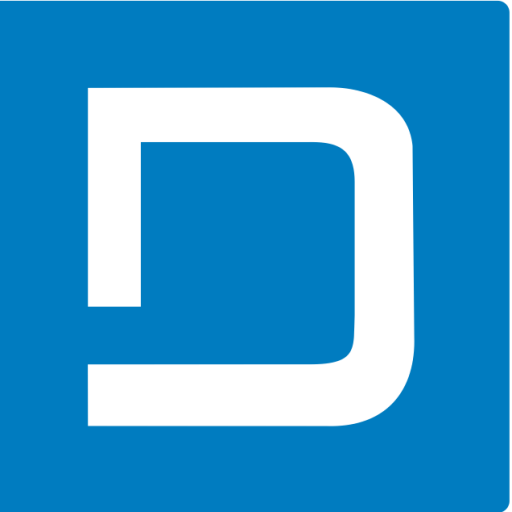Massive Open Online Course Platforms Development: A Complete Guide
In today’s rapidly evolving digital landscape, the development of a MOOC platform is transforming the way people access education. A MOOC platform offers flexible, affordable, and scalable online courses to learners around the world, democratizing education and making it more accessible to a global audience. If you’re considering creating a MOOC platform or enhancing an existing one, this guide will walk you through the essential features and technologies required to build a robust online learning environment.
In this comprehensive guide, we will explore the essentials of MOOC platform development, its key features, and the technology stack needed to build a robust, scalable, and user-friendly MOOC platform. If you are considering developing a MOOC platform or want to enhance an existing one, Depex Technologies can help you bring your vision to life with tailored solutions that meet your unique business needs.
What is a Massive Open Online Course (MOOC)?
A Massive Open Online Course (MOOC) is an online educational platform that offers free or affordable courses to a large number of participants. Unlike traditional classrooms, MOOCs can accommodate thousands of students in a single course, often offering flexibility in terms of learning schedule and location.
MOOCs provide a diverse range of subjects, from academic fields like computer science and engineering to practical skills such as photography, design, and digital marketing. Popular MOOC platforms like Coursera, edX, Udemy, and FutureLearn have democratized access to quality education, making learning more accessible and affordable for everyone, everywhere.
The Importance of MOOC Platforms
- Accessibility: MOOCs break geographical barriers, allowing students from across the globe to access world-class education without having to travel or incur high tuition fees.
- Flexibility: Students can take courses at their own pace, fitting learning into their busy schedules.
- Cost-Effective: Many MOOCs are free or offer affordable certification, making them an attractive option for those who cannot afford traditional education.
- Diversity: MOOCs cater to a wide range of interests, offering courses from top universities, experts, and organizations across various fields.
Given these benefits, the demand for MOOC platforms has skyrocketed, creating a lucrative market for those looking to build and scale their own online learning platforms.
Key Features of a MOOC Platform
A successful MOOC platform should provide a seamless and engaging experience for both students and instructors. Here are the key features that should be included in the development of a MOOC platform:
1. Course Creation and Management Tools
An essential feature of any MOOC platform is the ability for instructors to create, upload, and manage their courses. The platform should offer:
- Content Upload: The ability to upload multimedia content such as video lectures, PDFs, quizzes, and assignments.
- Modular Course Structure: Courses should be organized into modules or chapters that students can follow sequentially.
- Grading and Feedback: The system should allow for automated grading of quizzes and assignments, as well as instructor feedback.
- Certification: Upon successful completion of a course, students should receive certificates that they can share with employers or other educational institutions.
2. Interactive Learning Tools
The effectiveness of a MOOC platform hinges on the interactive tools it offers. These may include:
- Discussion Forums: A place for students to interact with each other and with instructors, share ideas, ask questions, and collaborate.
- Live Webinars and Q&A Sessions: Real-time interactions between instructors and students can make the learning experience more engaging and personalized.
- Quizzes and Assignments: Regular assessments that help reinforce learning and track student progress.
- Peer Reviews: Encouraging students to review each other’s work can improve their understanding of the subject and foster a sense of community.
3. User Profile and Dashboard
Students and instructors should have access to personalized dashboards that provide:
- Progress Tracking: Students can track their learning journey, view completed courses, and monitor upcoming deadlines.
- Certificates and Achievements: A section to display completed courses and earned certifications.
- Learning Recommendations: Based on their interests and past courses, students can receive suggestions for new courses to explore.
4. Payment Gateway Integration
For paid courses or certifications, integrating a secure payment gateway is crucial. MOOC platforms should offer:
- Multiple Payment Methods: Including credit/debit cards, PayPal, and other popular online payment systems.
- Subscription Models: Allow users to pay for a subscription to access premium courses, memberships, or certifications.
- Discount and Coupon Codes: To attract more students and provide discounts for bulk enrollments or long-term subscriptions.
5. Mobile Compatibility
With the increasing use of mobile devices, it’s essential that your MOOC platform is mobile-responsive or has a dedicated mobile app. This allows students to:
- Learn on the Go: Access courses and materials from anywhere, whether they are commuting or traveling.
- Push Notifications: Get notified about course deadlines, live sessions, and new course offerings.
- Offline Access: Download materials for offline learning when internet connectivity is limited.
6. Analytics and Reporting
The ability to track and analyze student activity is important for both instructors and administrators. This includes:
- Student Engagement Metrics: Track how students interact with course materials, which modules are most engaging, and where students drop off.
- Course Completion Rates: Understand how many students complete a course and identify any areas where students tend to disengage.
- Revenue Tracking: If the platform charges for courses, it should provide detailed reports on course sales, subscriptions, and overall revenue.
Technology Stack for MOOC Platform Development
Developing a MOOC platform requires a robust technology stack that can support the scalability, security, and user experience needs of both students and instructors. Here’s a look at the essential technologies:
1. Frontend Technologies
- HTML5, CSS3, and JavaScript: For responsive design and smooth user experience.
- React.js or Angular: For building dynamic user interfaces and seamless interaction.
- Vue.js: Another option for building interactive and component-driven interfaces.
2. Backend Technologies
- Node.js with Express: A popular choice for scalable backend applications.
- Python (Django/Flask): Ideal for building educational platforms with secure and efficient backends.
- Ruby on Rails: A framework that is known for rapid development and scalability.
3. Database Technologies
- PostgreSQL/MySQL: Relational databases for storing user data, course information, and grades.
- MongoDB: A NoSQL database option for handling unstructured data such as multimedia files.
- Firebase: For real-time data syncing, push notifications, and user authentication.
4. Cloud Hosting and Scalability
- AWS (Amazon Web Services): For scalable cloud hosting and services like S3 for file storage.
- Google Cloud Platform: Offers machine learning capabilities, cloud storage, and compute resources.
- Microsoft Azure: Provides cloud solutions with integrated AI and analytics for student performance insights.
5. Video Streaming and Content Delivery
- Vimeo or YouTube API: To host video content and integrate it into your platform.
- AWS CloudFront: A content delivery network (CDN) to ensure fast video streaming and data delivery across the globe.
6. Security and User Privacy
- SSL Encryption: To secure user data and payment information.
- OAuth2: For user authentication and secure login.
- Two-Factor Authentication (2FA): To enhance the security of student and instructor accounts.

Steps to Develop a MOOC Platform
- Define Your Niche: Identify your target audience and the subjects or industries your MOOC platform will focus on. Are you targeting general education, corporate training, or a specific field like technology or healthcare?
- Research Competitors: Analyze existing MOOC platforms to understand their strengths, weaknesses, and areas for improvement.
- Develop the Platform: Choose the right technology stack and begin the development process, focusing on the core features discussed earlier.
- Launch and Market: Once your platform is developed, it’s time to launch. Focus on digital marketing strategies to attract students, such as social media campaigns, partnerships with educational institutions, and influencer collaborations.
- Ongoing Maintenance and Updates: Continuously improve the platform with new features, user feedback, and course updates.
Conclusion: Why Choose Depex Technologies for Your MOOC Platform Development?
Developing a Massive Open Online Course platform requires expert knowledge in both education and technology. At Depex Technologies, we specialize in creating robust, scalable, and innovative MOOC platforms that provide a seamless learning experience for students and instructors alike. Our team of skilled developers can help you build a custom MOOC platform tailored to your specific needs.
Whether you are looking to create a platform from scratch or enhance an existing one, Depex Technologies is your trusted partner for long-term success. We also offer dedicated developers or teams to ensure your project is managed with precision and efficiency.
Contact us today to get started on your MOOC platform development journey, and let’s make your vision a reality.






